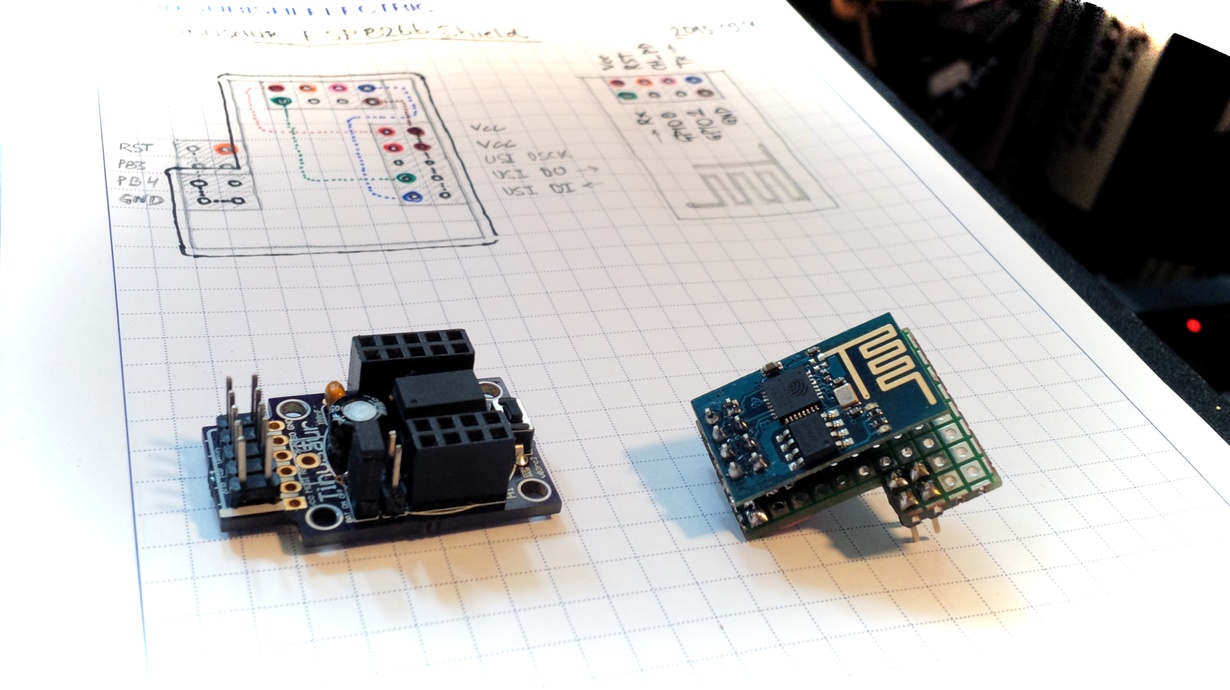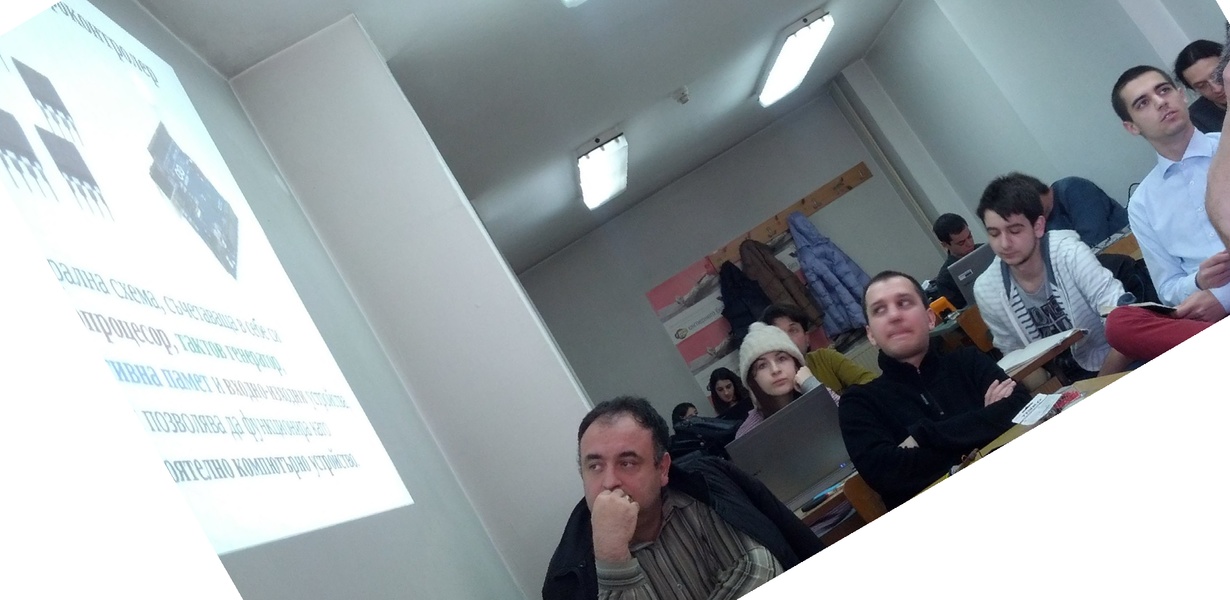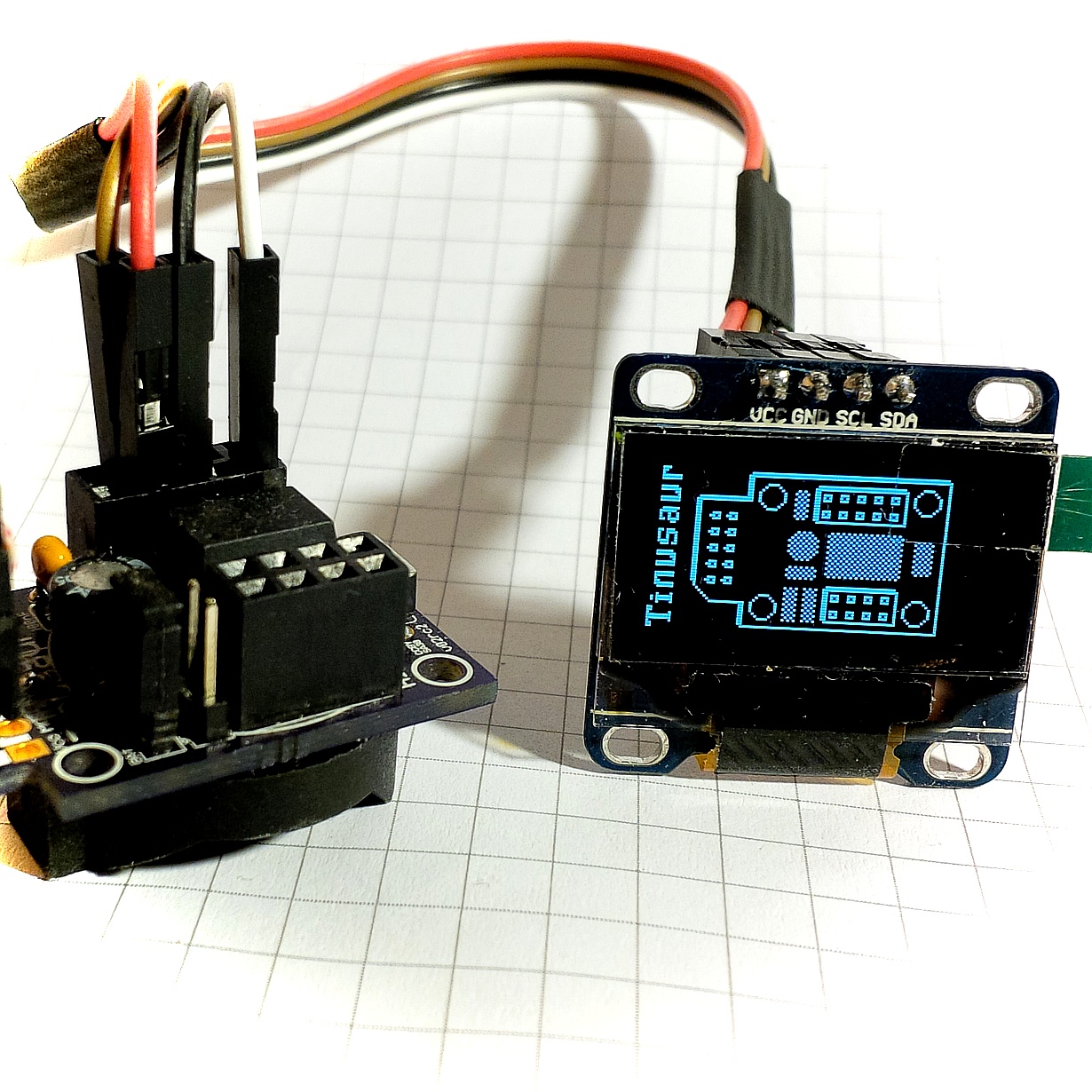ATtiny85 and ESP8266 – do you really need that?
Yes, why not. And here is what I did … (this will be series of posts about what I did with ATtiny85/Tinusaur and ESP8266 WiFi module) First, what could be accomplished with such limited device as ATtiny85? It has 8 pins, 2 of which are for the power (Vcc and GND), one for the RESET … Read more



